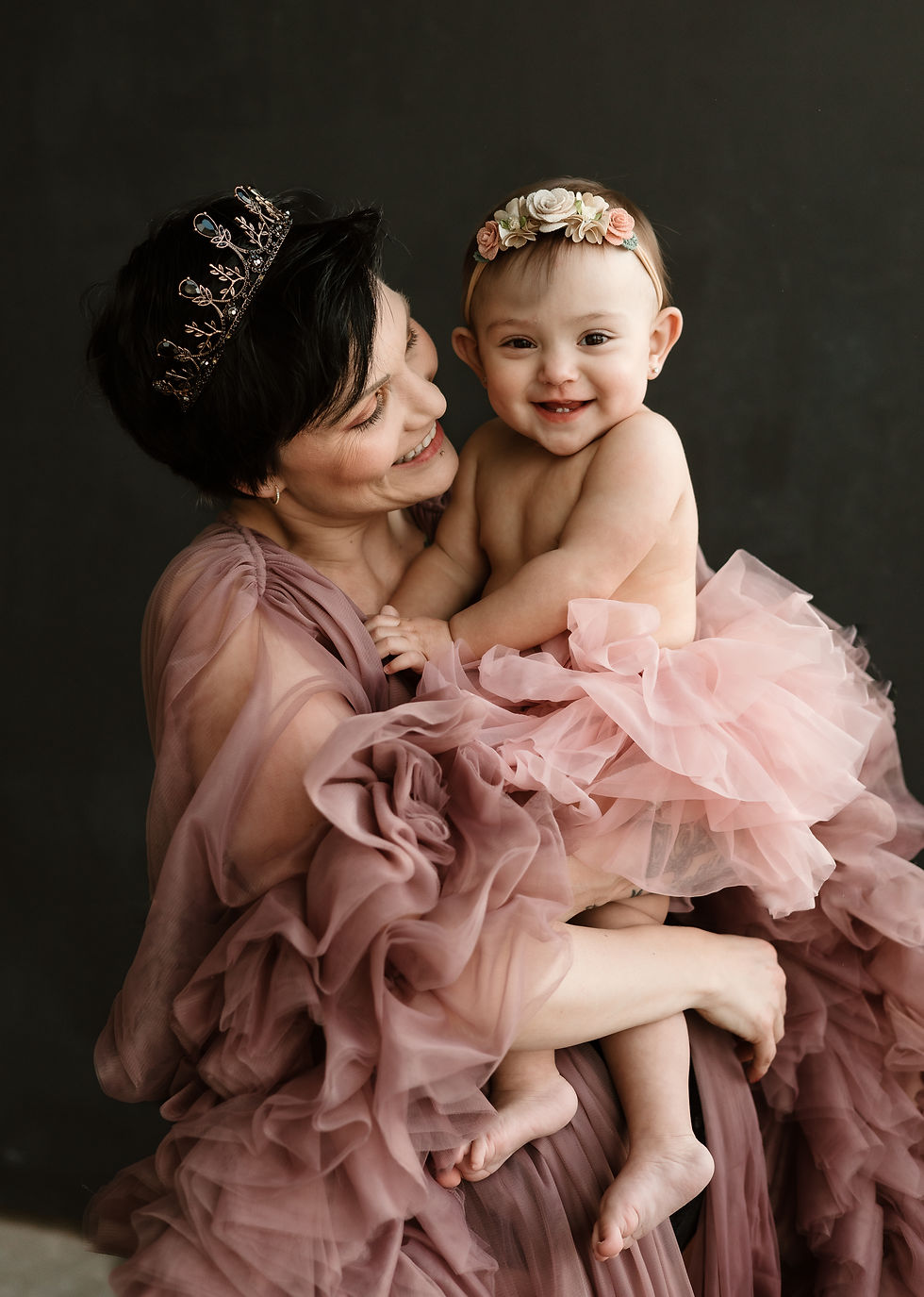When the Canvas Is Too Loud: Coping with Creative Blocks Triggered by Trauma
- blairricker
- Jun 3
- 3 min read
Coping with Creative Blocks Triggered by Trauma
There are days when the brush won’t move, when the cursor blinks but no words arrive, when the melody feels foreign even as you hum it. For creatives, the act of making is often synonymous with healing—until it isn’t. When trauma sits too close to the surface, the canvas doesn’t whisper inspiration. It roars. It overwhelms.
This is what it feels like when the canvas is too loud.
The Myth of Catharsis
There’s a romanticized belief that pain fuels art—that from deep emotional wounds, masterpieces emerge. And sometimes, this is true. But this narrative ignores the many moments when trauma silences us, freezes the creative impulse, and leaves us staring at blank pages, paint-smeared palettes, and unopened instrument cases. From 2021, the devastating betrayal I experienced as my then-husband stole our children from me and abandoned our marriage, until now... 2025, a whole 4 years later, I am finally able to put brush to canvas, texture to fingers.

Trauma doesn’t always translate cleanly into creativity. It can muffle the internal voice, making expression feel unsafe or even impossible. What was once a sanctuary—a studio, a notebook, a stage—can become a battleground.
Recognizing the Block for What It Is
Creative blocks are frustrating. They feel like a failure, especially when backed by trauma. When they're tied to trauma, they aren’t laziness, procrastination, or lack of discipline—they’re symptoms. They are protective mechanisms. The mind and body sometimes pause creative output to prioritize survival and healing, an experience that was once unknown to me until recent years.
Understanding this distinction is vital. It changes the self-talk from “Why can’t I create?” to “What do I need in order to feel safe creating again?”
Slowing Down Without Shutting Down
If your creative spark feels dimmed by past pain, give yourself permission to slow down. Let the pressure to produce take a back seat, I did for four years. Instead, engage in passive creativity—take in art without demanding output. Watch films. Read poetry. Listen to music that moves you. Let your senses remember why you loved making in the first place.
Journaling without structure, doodling without direction, or dancing without choreography can gently reopen creative pathways—without expectation or performance.
Reclaiming the Studio After the Storm
Sometimes the hardest part is returning to the space where the silence began,

and maybe that's a space you can no longer enter due to a move or change of environment. The blank canvas becomes a symbol of everything you’re afraid to touch. In these moments, reframing helps. Start with small, familiar rituals: a favorite cup of tea, a specific playlist, a comforting scent. Bring softness into the space before you ask yourself to create, and if the space is new to you, this is the perfect moment to create a new ritual that fits your needs in this current moment of healing.
And if you still can’t make art, let that be part of the process. Sometimes healing is the art. Naming your experience, even silently, is a kind of creation.
Reaching Out
There is no shame in needing support. Therapists, support groups, and creative mentors, such as myself, can help bridge the gap between trauma and expression. You do not have to navigate the noise alone.
Creativity born in pain is powerful—but so is the creativity that returns after rest. Your art will come back when it’s ready. So will your voice.
Until then, honor the silence.
It, too, is part of the masterpiece.





Comments